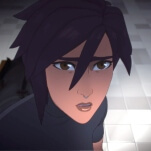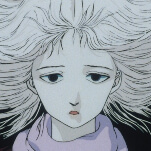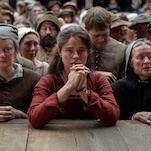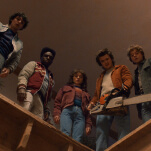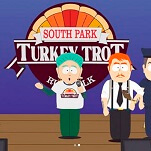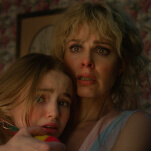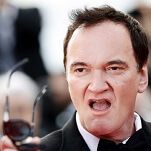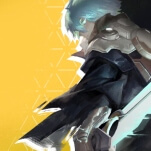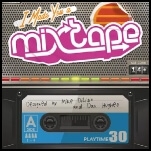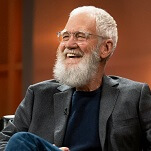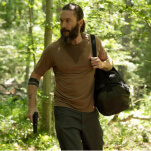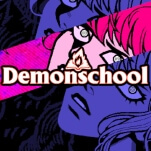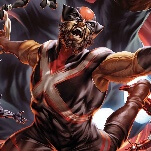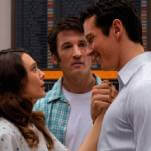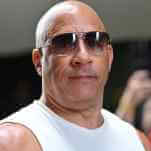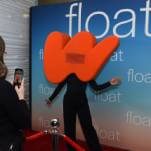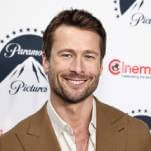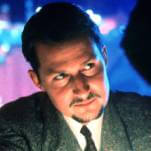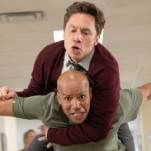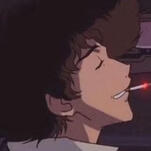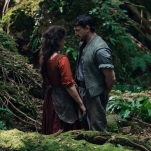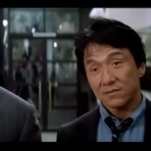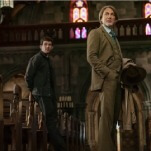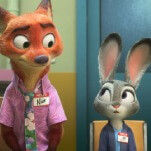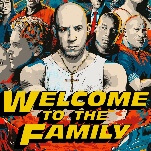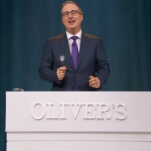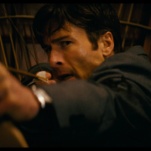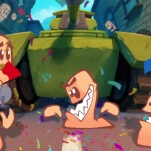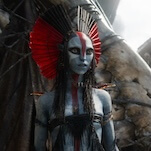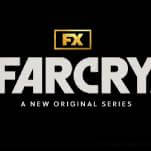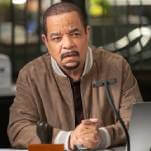The Hobbit: An Unexpected Journey

The announcement that Peter Jackson’s long-rumored, long-delayed film adaptation of The Hobbit would be split into two films was greeted with fan astonishment and disbelief. The later announcement that it would actually be three movies upped the ante to disgust and frothing rage. How, exactly, did the shortest and simplest of J.R.R. Tolkien’s fantasy novels merit as many films as his entire Lord Of The Rings trilogy? Wasn’t this an obvious cash grab? Given that Rankin-Bass was able to cover most of the novel’s high points in under 90 minutes in the 1977 animated adaptation of The Hobbit, how could a mere third of the book stretch to 169 minutes in the first installment, The Hobbit: An Unexpected Journey?
The answer: Through many acts of stalling and stretching, which come in a variety of types:
- Repetition. Unexpected Journey begins with a frame story that has Ian Holm revisiting his role as old Bilbo Baggins, and Elijah Wood returning as Frodo, for scenes set just before Bilbo’s birthday party from The Lord Of The Rings: The Fellowship Of The Ring, and focused mostly on setting up events already seen in that movie.
- Visualization. Journey takes its time with the backstory that brings 13 rambunctious dwarves led by Thorin Oakenshield (Richard Armitage) to hire young Bilbo Baggins (Martin Freeman) for a quest to reclaim the dwarf treasure stolen by the dragon Smaug. The film takes any hint of combat or action from the books as an opportunity to flesh out a full-on battle sequence, and stories the book covers briefly or offscreen—Smaug’s takeover of the dwarven mountain/city of Erebor, a faceoff against mountain trolls, an escape from a goblin cavern—are instead illustrated in long, expansive scenes.
- Insertion. Journey fills out and inserts material from Tolkien’s Unfinished Tales and The Silmarillion, particularly a side story that has the wizard Gandalf (Ian McKellen, also reprising his Rings role) investigating news of a dangerous necromancer coming to power. Naturalist wizard Radagast The Brown (former Doctor Who star Sylvester McCoy), who gets one mention in passing in The Hobbit, here gets a number of lengthy, goofy scenes based on Tolkien’s notes about his character.
- Wholesale invention. Like Jackson’s Rings movies, Journey sticks tightly by some of Tolkien’s original material, but it goes much further than past films in terms of altering it for dramatic effect. Journey is full of newly written material, most significantly detailing a personal grudge between Thorin and the orc Azog The Defiler, which leads the latter to hunt the former all over Middle Earth, via many chases and battles throughout Journey. It also invents a significant crisis of faith for Bilbo, and uses it to force a broader and more stridently emphasized character arc onto a story that originally followed a more natural, less heightened progression.
Some of the extra material bogs down the film, or becomes repetitious. Some of it ventures into the arena of the ridiculous. (See Spoiler Space, linked below.) But some of it inserts the epic-adventure spirit of the Lord Of The Rings movies into a story that was always considerably smaller. Thorin’s quest for the treasure of Lonely Mountain comes across in The Hobbit as petty and selfish by contrast with the cause that binds the protagonists together in the Rings novels, and the quest’s progress is a series of embarrassing but exciting misadventures. The Hobbit explains how Bilbo became an unlikely hero, and how he got his hands on the One Ring, but it rarely portrays his quest in a positive light, given how much time Thorin and his company spend puffing themselves up, then getting into trouble and requiring rescue.
The conflict between the Hobbit material, the ancillary material, and the material generated by Jackson and his collaborators (his regular screenwriting partners Fran Walsh and Philippa Boyens, plus Guillermo del Toro, the original director before production delays forced him to tap out) all leads to a problematic tonal confusion. Jackson mostly shoots for a lighter tone than he did in the Rings movies, with more comic business and slapstick beats. The situational humor recalls the Rings films’ gags about dwarf-tossing and the dwarf Gimli forever being on the losing end of his rivalry with the elf Legolas. (Maybe dwarves are just the natural clowns of Middle Earth?) A life-or-death chase where orcs pursue Radagast and his rabbit-drawn sledge turns into a giddy, gibe-strewn event that strongly recalls the pod race in The Phantom Menace, and not just because it’s almost entirely CGI.

